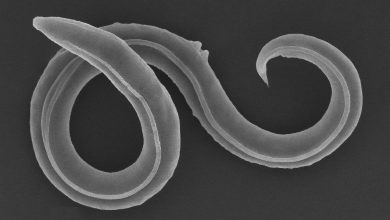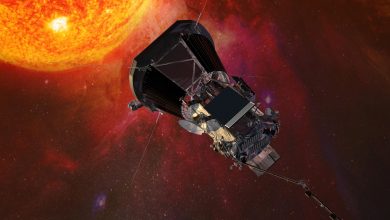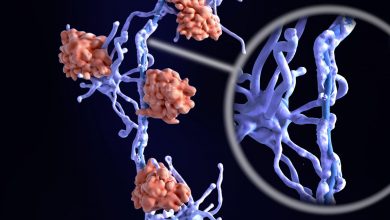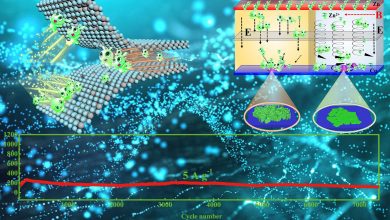Ein tiefer Einblick in den glitzernden Kugelsternhaufen NGC 6544
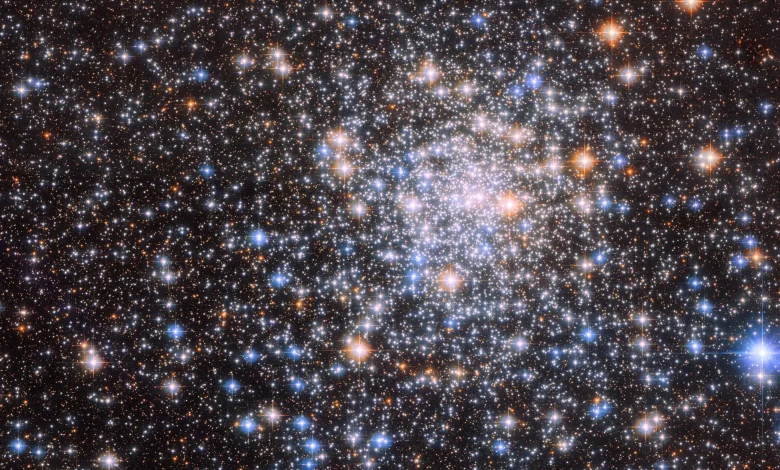
[ad_1]

Der Kugelsternhaufen NGC 6544, der sich über 8000 Lichtjahre von der Erde entfernt befindet und Zehntausende Sterne enthält, wurde vom Hubble-Weltraumteleskop erfasst. Der Sternhaufen befindet sich im Sternbild Schütze in der Nähe des riesigen Lagunennebels, einer Region voller neugeborener Sterne und verborgener komplizierter Strukturen, die durch frühere Infrarotbeobachtungen entdeckt wurden. Bildnachweis: ESA/Hubble & NASA, W. Lewin, FR Ferraro
pulsar and faint X-ray sources to gain insight into the evolution of such clusters. The cluster, residing near the large Lagoon Nebula, holds secrets revealed by infrared studies of the nebula.
The teeming stars of the globular cluster NGC 6544 glisten in this image from the NASA/ESA Hubble Space Telescope. This cluster of tightly bound stars lies more than 8000 light-years away from Earth and is — like all globular clusters — a densely populated region of tens of thousands of stars.
This image of NGC 6544 combines data from two of Hubble’s instruments — the Advanced Camera for Surveys (ACS) and Wide Field Camera 3 (WFC3) — as well as two separate astronomical observations. The first observation was designed to find a visible counterpart to the radio pulsar discovered in NGC 6544. A pulsar is the rapidly spinning remnant of a dead star, emitting twin beams of electromagnetic radiation like a vast astronomical lighthouse. This pulsar rotates particularly quickly, and astronomers turned to Hubble to help determine how this object evolved in NGC 6544.
The second observation which contributed data to this image was also designed to find the visible counterparts of objects detected at other electromagnetic wavelengths. Instead of matching up sources to a pulsar, however, astronomers used Hubble to search for the counterparts of faint X-ray sources. Their observations could help explain how clusters like NGC 6544 change over time.
NGC 6544 lies in the constellation Sagittarius, close to the vast Lagoon Nebula, a hazy labyrinth of gas and dust sculpted by the fierce winds of newly born stars. The Lagoon Nebula is truly colossal — even by astronomical standards — and measures 55 light-years across and 20 light-years from top to bottom. Previous Hubble images of the nebula incorporated infrared observations to reveal young stars and intricate structures that would be obscured at visible wavelengths by clouds of gas and dust.
[ad_2]
Source link
